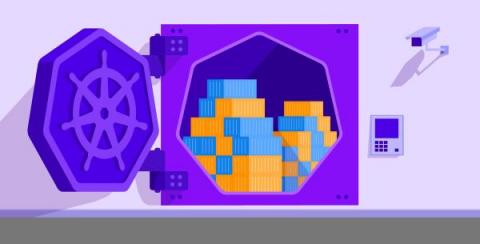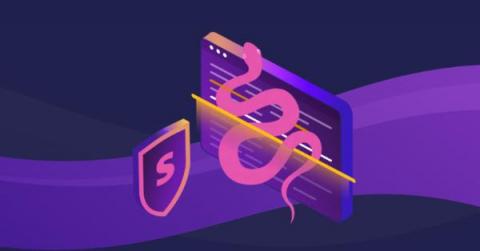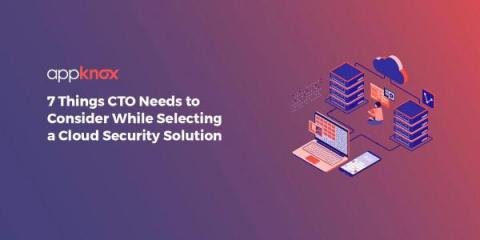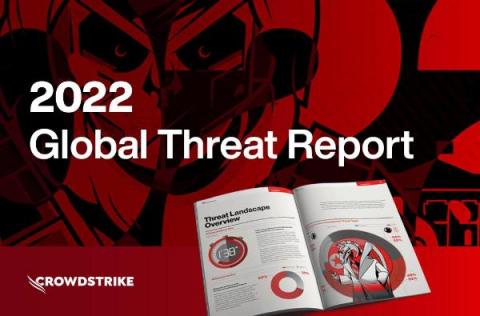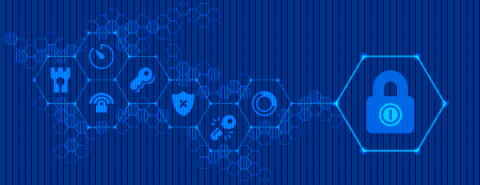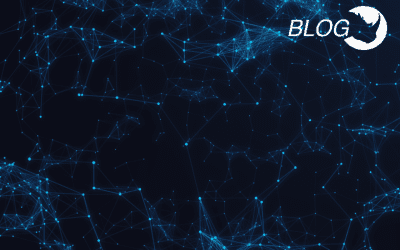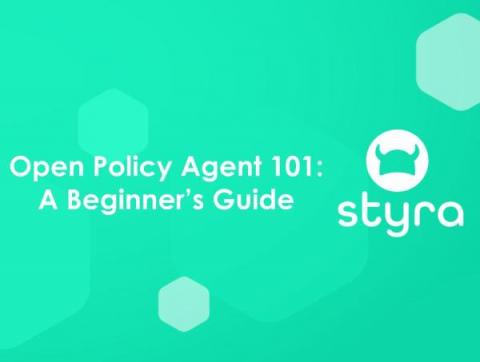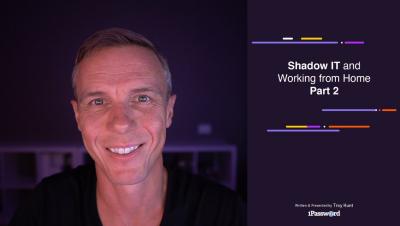Best practices for securing Kubernetes applications
Cloud-based Kubernetes applications have become the standard for modernizing workloads, but their multi-layered design can easily create numerous entry points for unauthorized activity. To protect your applications from these threats, you need security controls at each layer of your Kubernetes infrastructure.


